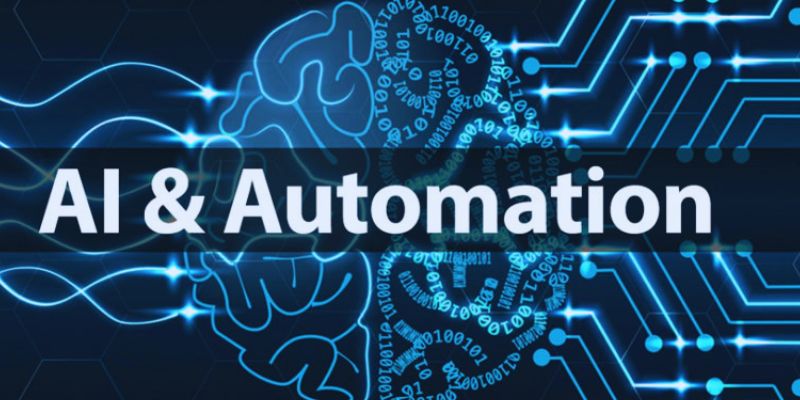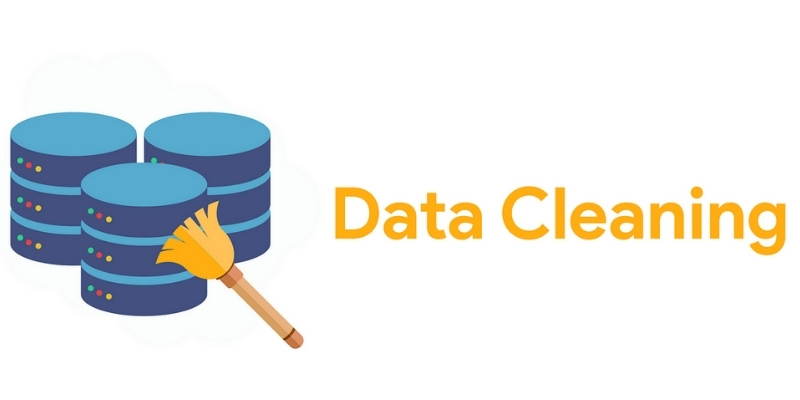Large language models (LLMs) are leading the fast evolution of artificial intelligence area. Developers and aficionados for artificial intelligence depend on an awareness of their mechanics. The Hundred-Page Language Models Book is an excellent technical manual for learning LLMs. It breaks out difficult ideas into doable explanations. The book addresses all aspects of model architecture and training methods.
It enables readers to lay a robust natural language processing basis. Whether you know nothing or a lot, this guide provides insightful analysis. It simplifies important ideas so that learning is quick. The clear methodology of the text guarantees that anyone wishing to improve their understanding of LLMs would find this tool to be of great use.

Understanding the Basics of Large Language Models
Large language models (LLMs) are sophisticated artificial intelligence systems taught on enormous volumes of text. Inspired by sensory cues, they respond humanistically. The book uses straightforward yet powerful analogies to show how these ideas function. It covers important ideas such as tokenizing, embedding, and attention methods. Readers now clearly grasp the basic LLM building components.
One of the main subjects discussed is the transformer architecture running contemporary LLMs. It emphasizes self-attention, which is vital for language acquisition. The book also covers two essential phases in model development—pre-training and fine-tuning. It makes understanding these concepts simple since it offers exact explanations. Still, another crucial element is the function of training data. Effective learning of patterns in LLMs depends on large datasets. The book shows how data shapes biases and model performance. Working with apps driven by artificial intelligence depends on this fundamental knowledge.
The Role of Training and Fine-Tuning in LLMs
One trains an LLM by feeding it big datasets and modifying model parameters. This mechanism helps the model grasp linguistic patterns. The book makes the convoluted training path understandable for every reader. It clarifies both unsupervised and supervised learning techniques, which define the data-learning behavior of models. Developing customized LLMs also depends critically on fine-tuning. The book explains how particular tasks are changed for models.
Well-tailored models excel in focused uses like chatbots or summarizing tools. The book offers useful tips on leveraging labeled data to improve performance. Typical problems in training are underfitting and overfitting. The book addresses methods to stop these issues. It also addresses dropout techniques and regularizing strategies for enhancing generalization. These techniques enable builders to produce strong and accurate language models. Mastery of LLMs depends on a knowledge of training and fine-tuning.
The Transformer Architecture: A Revolution in AI
The transformer model transformed the handling of natural languages. It brought in a more effective approach to handling language data. The book offers a thorough dissection of transformers' operation. It clarifies how attention systems help to grasp word relationships. Self-attention helps models concentrate on pertinent terms in a phrase. That raises response accuracy and helps to clarify the context. The book uses practical instances to highlight this idea. Readers discover that transformers beat more conventional models, including RNNs and LSTMs.
Still, another essential ability of transformers is positional encoding. This clarifies the word order in a sentence for models. The book details how this system improves language understanding and investigates the advantages of multi-head attention. This method lets models simultaneously examine several sentence elements. The lucid explanations in the book simplify learning about transformers.
Practical Applications of Large Language Models
From consumer service to healthcare, LLMs are revolutionizing many sectors. The book emphasizes practical implementations of these ideas. It looks at how they might be involved in summarizing, translating, and writing. These uses show how well LLMs can manage language chores. Conversational artificial intelligence is one of the key domains. Virtual assistants and chatbots respond human-like using LLMs. The book shows how businesses include these ideas in their offerings.
Content creation is also really important. LLMs help writers and marketers produce excellent text quickly. LLM-powered technologies also help healthcare. Doctors apply artificial intelligence for research and diagnosis. The book goes on to explain how language models help to analyze medical books. Knowing these uses lets readers see how LLMs affect society.

Challenges and Ethical Considerations in LLM Development
LLMs have certain difficulties even if they have advantages. The book covers significant ethical questions around artificial intelligence models. It talks about how training data bias influences model outputs. In artificial intelligence, bias could support false knowledge and preconceptions. The book offers strategies to help to lessen these problems. Data privacy still raises another issue. LLMs create security concerns since they learn from enormous databases. The book argues the need to protect private data. It also addresses strategies to guarantee ethical artificial intelligence use.
A second difficulty with LLM development is energy consumption. Training these models calls for large computing capacity. The book emphasizes initiatives aiming at building more effective artificial intelligence systems. It looks at studies on cutting model training energy consumption. The development of responsible artificial intelligence depends on these moral debates.
Why This Book Is a Must-Read for AI Enthusiasts?
The Hundred-Page Language Models Book is a succinct yet all-inclusive tool. It simplifies difficult AI ideas for understandable explanations. The book's methodical approach makes it perfect for both novice and experienced players. It covers everything from the foundations of LLMs to more advanced subjects, including transformers. Readers obtain an understanding of ethical issues, fine-tuning, and training.
The book offers essential practical knowledge for those working in artificial intelligence. Because of its depth and clarity, it's a unique tool for learning about LLMs. Whether your work is research, development, or education, this book is worthwhile. It maintains accuracy while streamlining technical specifics. Anyone intrigued by artificial intelligence should give it some thought.
Conclusion:
Learning LLM calls for a strong awareness of their architecture and training strategies. The Hundred-Page Language Models Book offers a clear, ordered road map. It simplifies important ideas, so enabling everyone to learn. From transformers to ethical questions, the book addresses fundamental AI subjects. Both researchers and developers would find considerable value in it. This book will help those who enjoy artificial intelligence seeking to increase their expertise. Anyone fascinated by artificial intelligence developments should read this book.











